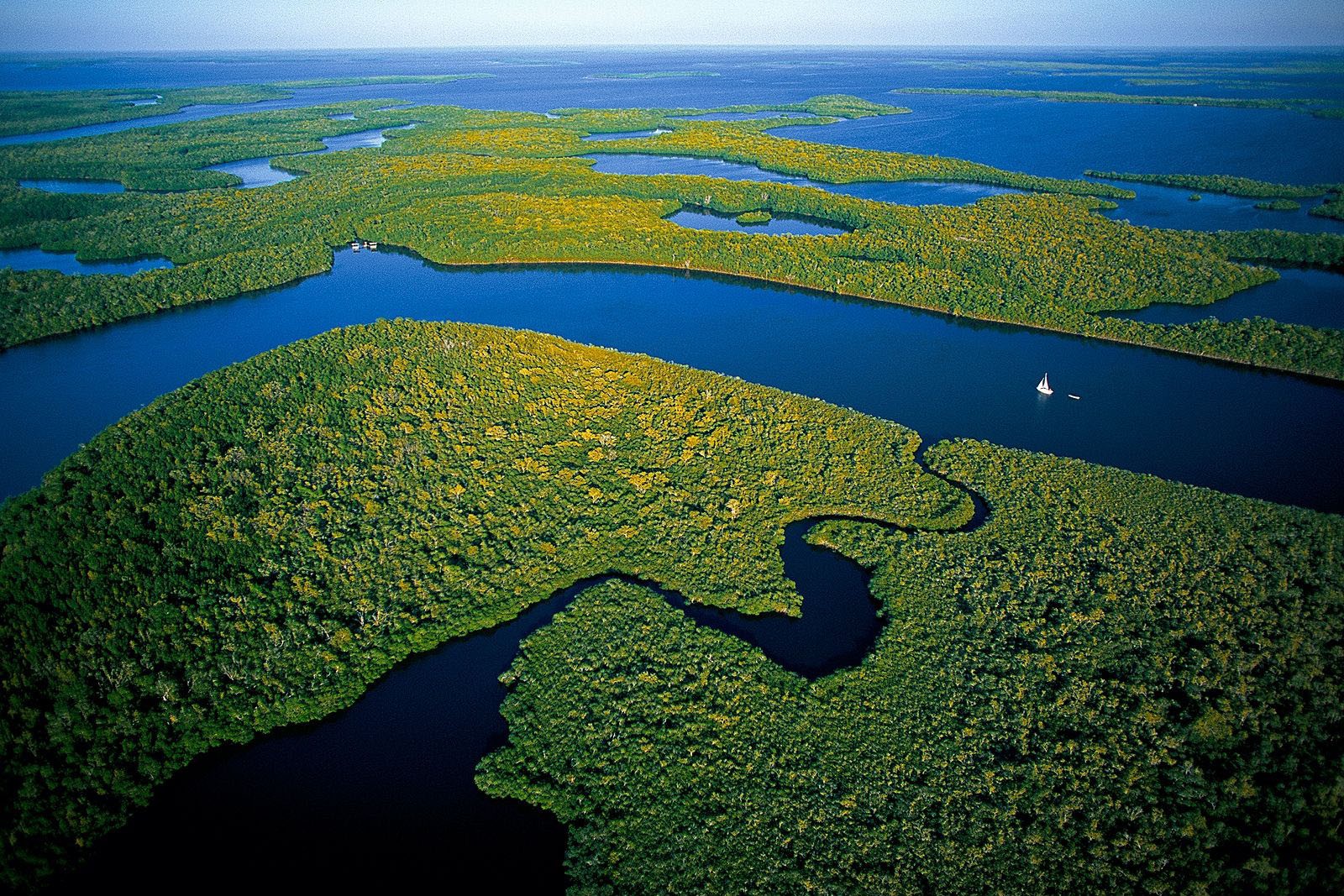Restoring the Everglades Will Benefit Both Humans and Nature
Author: Peter Frederick
Everglades National Park (ENP) is our only national wetland park, and one of the largest aquascapes in the world. Perhaps more than any other U.S. national park, ENP’s treasures are hard to defend. Lying at the southern end of an immense watershed the size of New Jersey, ENP is caught between the largest man-made water project in the world upstream and a rapidly rising ocean downstream.
The park and the wider Everglades ecosystem have suffered immense ecological damage from years of overdrainage to prevent flooding and promote development. In 2000 Congress approved the largest ecological restoration project in the world – the Comprehensive Everglades Restoration Plan, which is expected to take more than 35 years to complete and cost at least US$10.5 billion. In addition to repairing some of the damage to this unique ecosystem, the restoration is designed to ensure reliable clean drinking water supplies for South Florida cities and protect developed areas from flooding.
The plan is making progress – but the closer it gets to its goal, the more the details matter, and some of those details have become roadblocks. As I complete my 30th year as an ecologist studying and trying to restore this great place, it is increasingly clear that restoration can work and will benefit both wild spaces and people. However, that view rests heavily on the assumption that we will commit to fixing a central problem – water storage.
Managing water flow
The Everglades drainage area stretches over 200 miles, starting near Orlando and reaching south to the Gulf of Mexico. At least 100 miles of it is made up of the wide-open grasslands called the Everglades. Nearly 83 percent of the Everglades lies outside of the national park, mostly on agricultural or state-protected lands.

